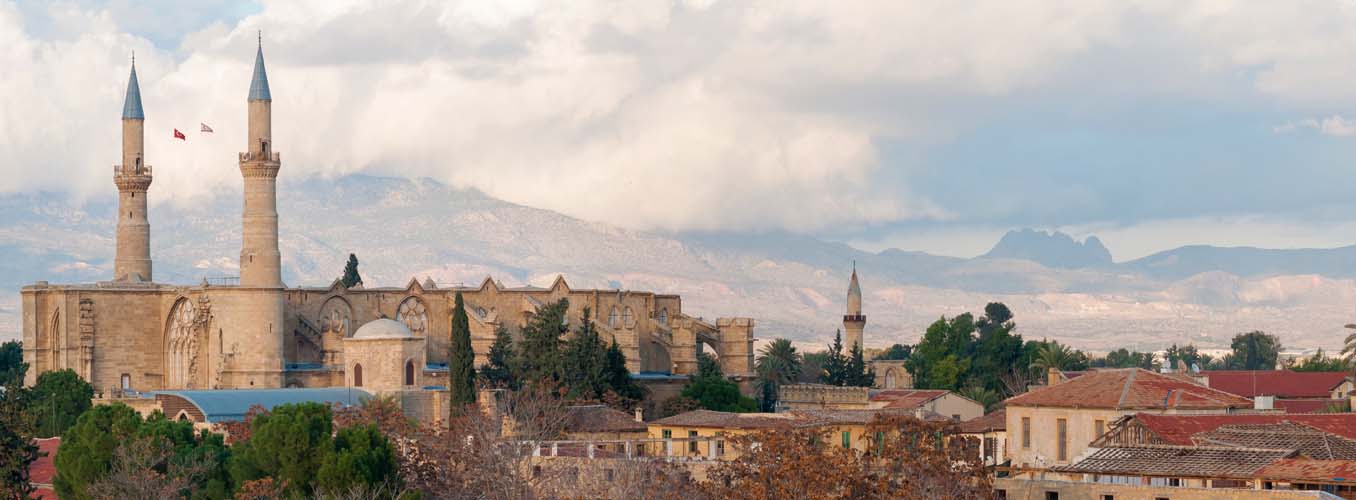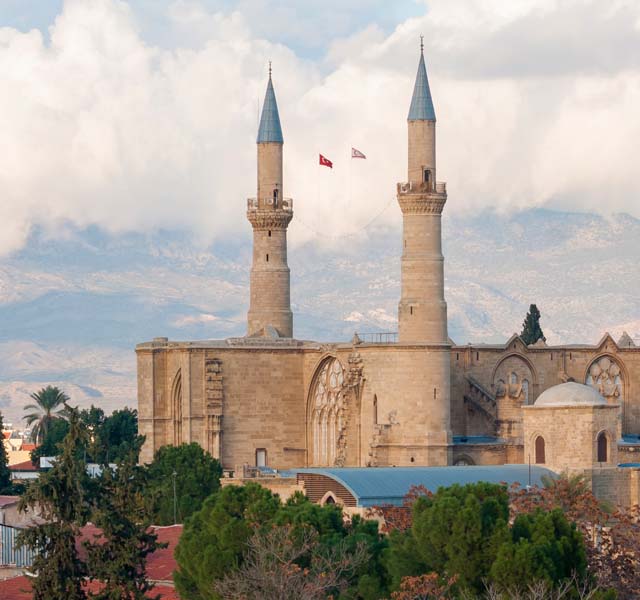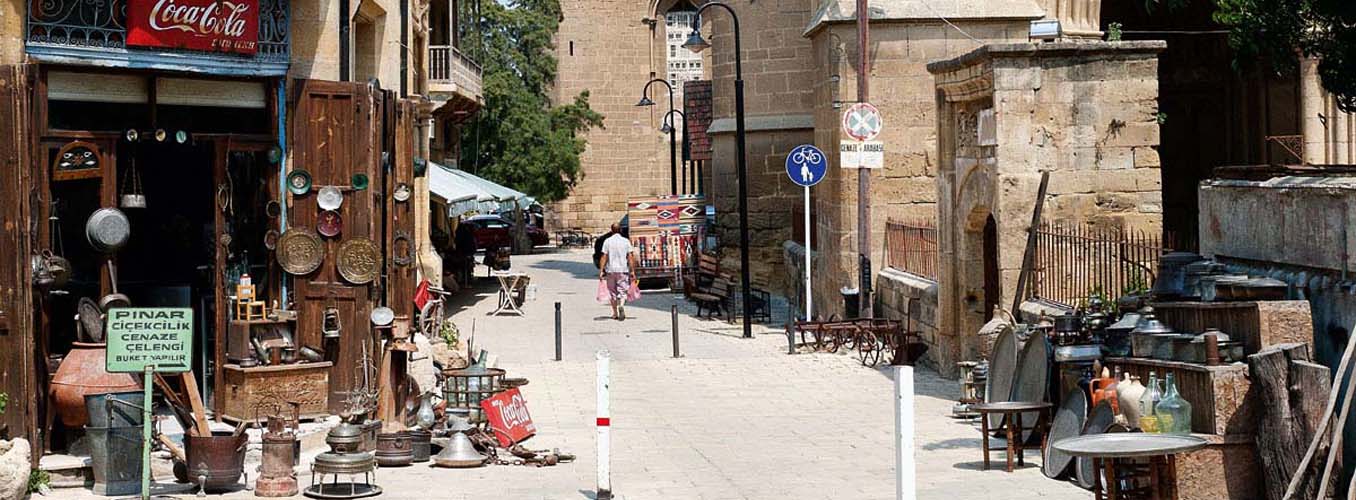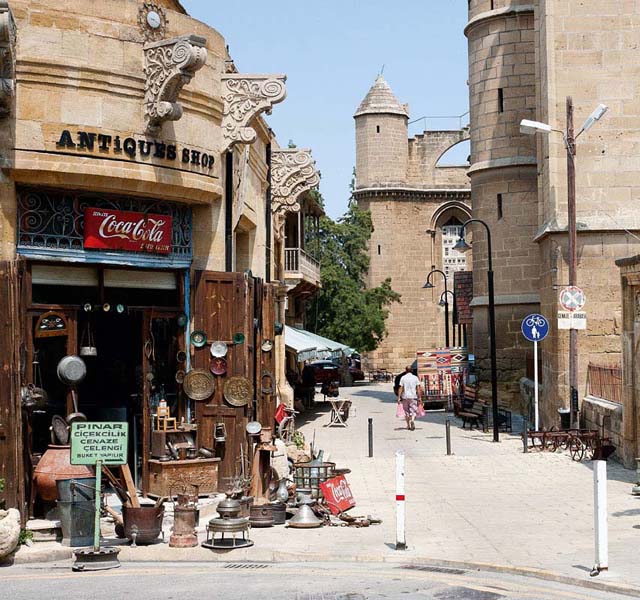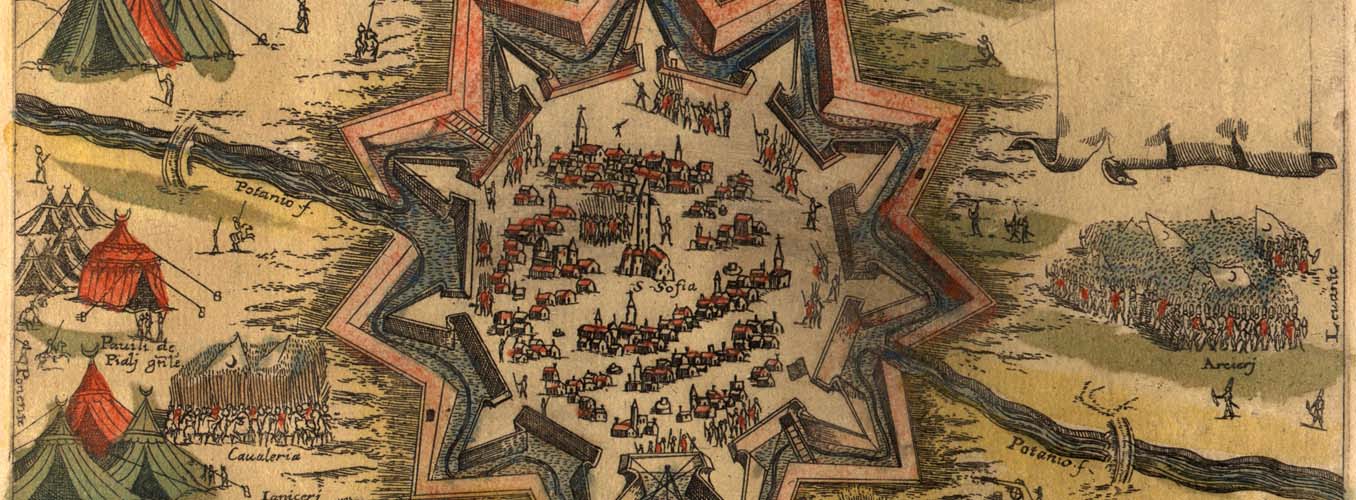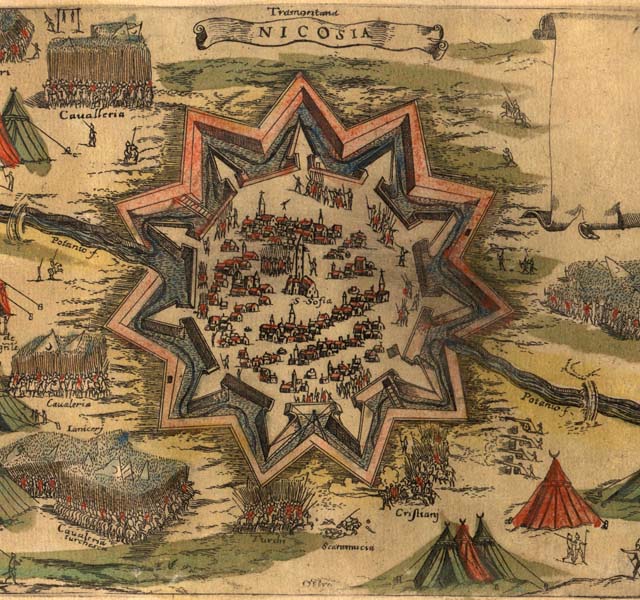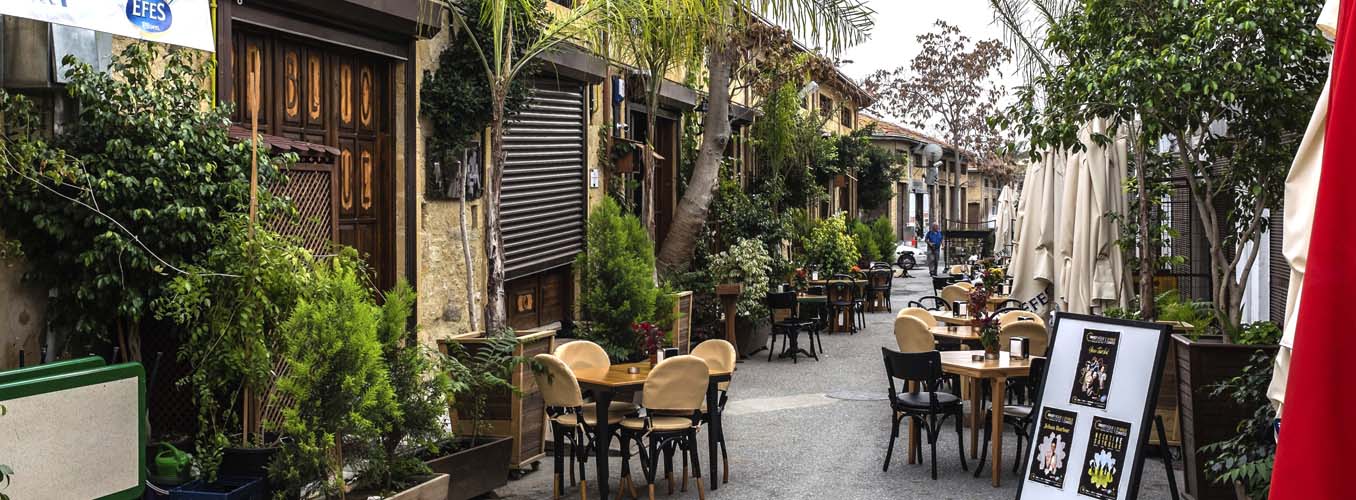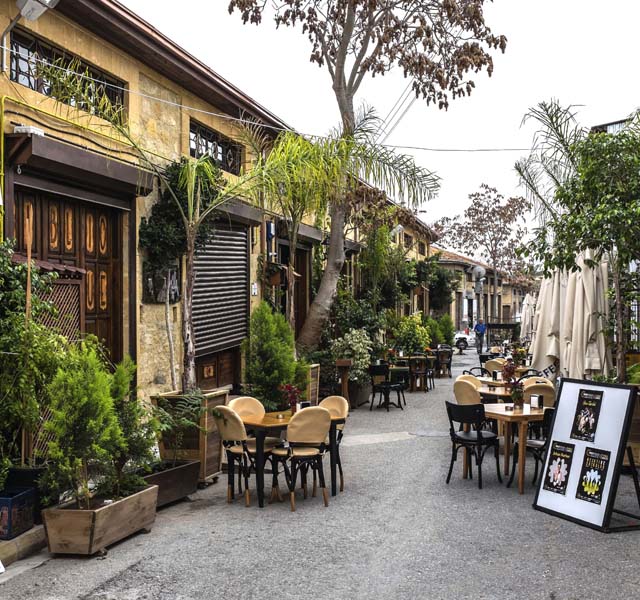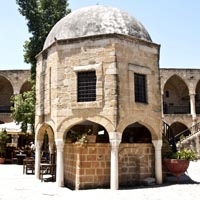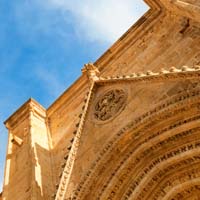There is a physical border running through the middle and in order to cross it a passport is needed. Not all foreign nationals are eligible to cross but EU citizens will not have a problem. The present city was most probably built on the site of the ancient city kingdom of Ledra which was rebuilt in about 300 BC by Lefkos the son of Ptolemy Soter and named after him. Under Byzantine rule the name became Lefkosia, this was changed under Lusignan rule to become Nicosia, and again during the Ottoman period to become Lefkosha. The three names are interchangeable and no one gets confused by the diversity. Under Lusignan rule the city flourished, the royal court was established and many splendid palaces, churches and grand houses built to accommodate the rising population. When the Venetian rulers took over the city underwent a radical change. The limits were drastically reduced with many of the beautiful houses being demolished and a clear field of view around the entire perimeter. The massive walls were constructed to prot otect the city from the prospect of invasion, with eleven giant bastions but to no avail. Nicosia fell to the armies of Mustafa Lala Pasha in September 1570 after a siege of six weeks. The conquering forces looted, pillaged and destroyed many of the churches, including the central Cathedral of St. Sophia. Once they had removed all the visible signs of Catholicism, the church was converted into a mosque and they gave thanks to Allah for granting them victory. The mosque continued to be called after St. Sophia until 1954 when it was renamed the Selimye Mosque in honour of Selim II under whose rule the Ottoman forces captured the island. In turn, Kyrenia and Famagusta were beaten. The former without firing a shot in defence, the latter after a ten month siege. The Ottoman conquest was complete. Apart from being the central area for trade, the city of Nicosia went into decline. There are few buildings of architectural merit from the Ottoman period apart from two trading inns and the Mevlevi Tekke museum. The Buyuk Han is the most important constructed during Ottoman rule, used by the traders from the “Silk Route” who brought their goods through the port of Famagusta and traded them with merchants from Anatolia, Europe and North Africa. The Kumarcilar Han (Gamblers’ Inn) is nearby and is undergoing restoration. The Mevlevi Tekke is the religious lodging house of the Dervish Monks founded by Jelal-ed-din Roumi Mevlana in the 13 th C and is now open as a museum. Ataturk Square, approached from the Girne (Kyrenia) Gate is dominated by the granite column erected firstly during the Venetian period, toppled by the Ottomans and re-erected under British rule. Buildings from the British colonial period surround the square.



